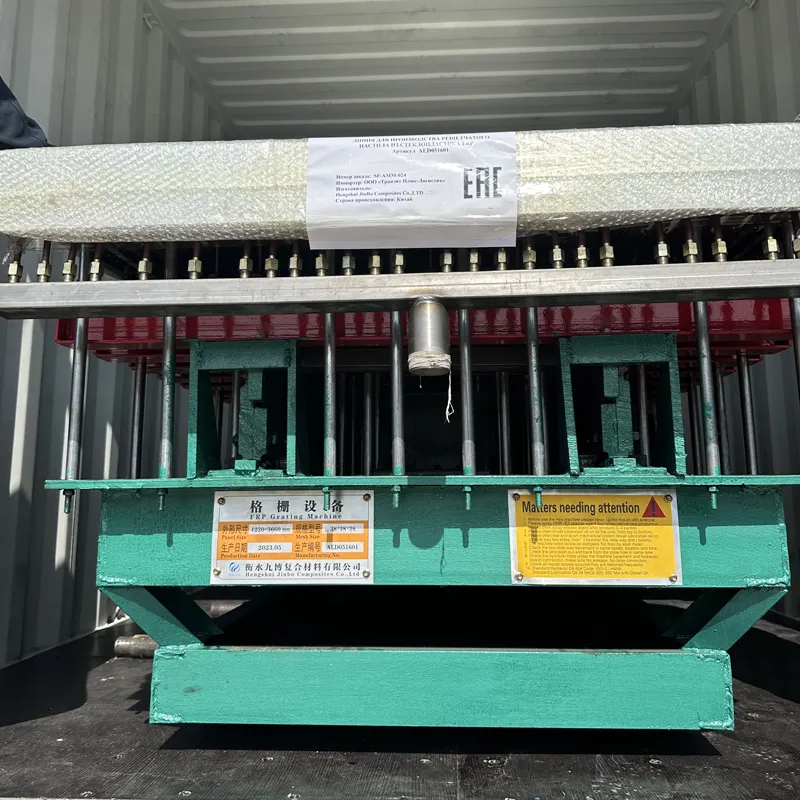Premium Water Fiber Tank - Lightweight & Corrosion-Resistant Storage
- Introduction to composite water storage solutions
- Material science behind fiber-reinforced designs
- Technical advantages over traditional alternatives
- Competitive market analysis with pricing factors
- Custom engineering capabilities explained
- Industry-specific implementation case studies
- Selection guidance for different applications

(water fiber tank)
Understanding Water Fiber Tank Technology for Modern Storage Needs
Fiber-reinforced polymer tanks have revolutionized water containment across multiple industries. Unlike traditional concrete or steel alternatives, these fiber water tanks utilize advanced composite materials that deliver exceptional durability while maintaining significant weight advantages. Industry adoption has grown by approximately 18% annually since 2018 according to Global Water Intelligence reports, reflecting increasing recognition of their operational benefits.
Engineering Breakthroughs in Composite Materials
The structural integrity of contemporary water fiber tank
s stems from precisely layered fiberglass mats saturated with thermosetting resins. This construction creates a monolithic structure without weak points at seams, eliminating leakage risks common in bolted steel tanks. Manufacturing standards governed by NSF/ANSI 61 ensure materials meet potable water requirements, with reinforced walls typically resisting pressures exceeding 25 PSI – far beyond municipal water system requirements.
Performance Advantages in Demanding Environments
Corrosion resistance represents the primary technical advantage, with fiberglass demonstrating zero rust deterioration even after decades in saline or chemically aggressive environments. Maintenance costs show remarkable reduction, with case studies indicating 70% lower lifetime expenses compared to coated steel alternatives. The non-porous interior surface inhibits bacterial growth, maintaining water quality without chemical treatments. Installation efficiencies further distinguish these systems, as modular units can be deployed in 60% less time than concrete installations.
Market Comparison and Price Determinants
| Specification | Premium Tier | Mid-Range | Economy Line | Concrete Alternative |
|---|---|---|---|---|
| 10,000 Gallon Pricing | $13,200–$16,500 | $9,800–$12,400 | $7,500–$9,200 | $11,000–$15,000 |
| Wall Thickness | 18–22 mm | 14–17 mm | 10–13 mm | 200–300 mm |
| Pressure Rating | Full vacuum to 30 PSI | 0–25 PSI | 0–15 PSI | Atmospheric only |
| Project Lifespan | 40+ years | 30–35 years | 15–20 years | 50+ years |
Installation complexity, chemical compatibility coatings, and seismic certification dramatically impact fiber water tank price. Transportation costs constitute 15–22% of total project expenses, varying by region. Third-party verification to AWWA D120 standards typically adds 8–12% to base pricing but significantly enhances insurance qualifications.
Custom Engineering Solutions for Specialized Applications
Leading fabricators accommodate non-standard configurations including elliptical designs for space-constrained sites, with diameters exceeding 30 feet achievable without structural compromises. Industry-specific modifications include:
- Fire protection systems with integrated pump bases meeting NFPA 22
- Chemical resistance achieved through vinyl ester liners rated for pH 1–14 exposure
- Insulated models maintaining +4°C in sub-zero environments
- Dual containment models for hazardous fluid applications
Rapid prototyping enables custom water fiber tanks to be field-ready within 6–10 weeks versus 16+ weeks for equivalent concrete structures.
Documented Applications Across Key Industries
Municipal installations demonstrate particularly strong ROI, with Phoenix, AZ replacing 17 aging concrete tanks with fiberglass units, reducing maintenance budgets by $240,000 annually. Semiconductor manufacturers increasingly specify fiber-reinforced tanks for ultrapure water storage, leveraging the non-contaminating properties critical to maintaining 18 MΩ-cm resistivity. Agricultural deployments in Australia's Murray-Darling Basin have utilized custom 500,000-liter units for irrigation, enduring decades of UV exposure without degradation. Marine installations at the Port of Singapore feature specialized ballast water models resisting saltwater corrosion where steel alternatives failed within seven years.
Selecting Optimal Water Fiber Tank Specifications
Flow requirements dictate crucial specifications – systems requiring turnover exceeding 200 gallons/minute need reinforced inlet configurations. Seismic zones necessitate ground-motion analysis with specialized anchoring systems adding 15–25% to structural costs. Unlike steel alternatives, fiberglass tanks don't require cathodic protection but mandate specific foundation preparation including perfectly leveled compacted gravel bases. Warranty terms provide critical insight into product longevity, with superior manufacturers offering 20-year material guarantees compared to the industry standard 10-year coverage. Independent test reports verifying hydrostatic performance remain essential for engineering approval.

(water fiber tank)
FAQS on water fiber tank
Q: What is a water fiber tank?
A: A water fiber tank is a storage container made from fiberglass-reinforced plastic (FRP). It's designed for holding potable water, wastewater, or chemicals with high durability. Its lightweight structure and corrosion resistance make it ideal for industrial or residential use.
Q: How does a fiber water tank differ from other tanks?
A: Fiber water tanks utilize reinforced fiberglass layers for exceptional strength-to-weight ratio. Unlike concrete or steel tanks, they resist rust, scaling, and chemical corrosion. Installation is faster due to modular designs that minimize site work.
Q: What affects fiber water tank price?
A: Fiber water tank price varies based on capacity (500-50,000+ gallons), wall thickness, and customization like UV coatings. Transport distance and site accessibility also impact cost. Generally, expect $800-$10,000+ for standard commercial units.
Q: Why choose water fiber tanks over plastic alternatives?
A: Water fiber tanks outperform plastic in structural integrity and longevity. They withstand higher pressures and temperatures without deformation. Maintenance costs are lower due to non-degrading FRP materials that prevent bacterial growth.
Q: Where are water fiber tanks commonly installed?
A: Water fiber tanks serve in municipal water systems, fire suppression setups, and agricultural irrigation. Their non-corrosive properties suit offshore platforms, chemical plants, and remote areas where metal tanks fail prematurely.





























